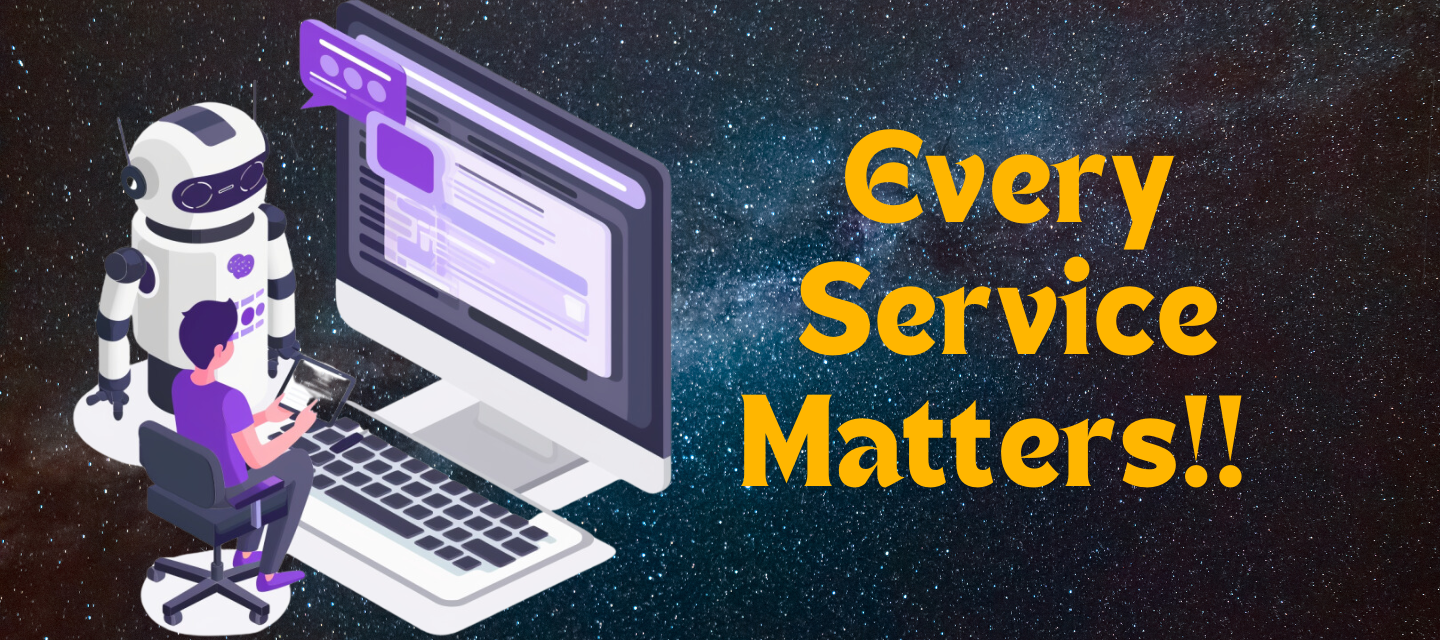In today's dynamic business landscape, providing exceptional service within agreed timeframes is crucial for customer satisfaction and business success. SymphonyAI Enterprise IT’s Apex brings you an innovative feature, the SLA Designer, which allows you to customize Service Level Agreements (SLAs) to meet specific operational needs. Whether you're working with external suppliers or coordinating between internal departments, this feature will help you define, monitor, and manage SLAs with precision.
What is an SLA?
A Service Level Agreement (SLA) is a formal agreement between a service provider and a customer, detailing the services provided and the expected level of service. By clarifying these elements, SLAs ensure accountability and set clear performance standards.
Why SLAs Matter
Effective SLA management offers numerous benefits:
- Enhanced Customer Satisfaction: Clear expectations lead to consistent and reliable service delivery.
- Improved Operational Efficiency: Structured service standards streamline processes.
- Proactive Issue Resolution: Early identification and management of service delivery issues.
- Continuous Improvement: Ongoing monitoring and adjustments refine service performance.
Key components of the SLA designer
- SLA Type: Defines the SLA's purpose (e.g., response time, resolution time).
- SLA Rule: Criteria for applying the SLA, such as priority-based or customer-specific rules.
- SLA Value: The target service level, such as a specific timeframe for task completion.
Configuring SLA Service Windows
While a module-level configurations set the parameters of an SLA, the Service Window configuration determines when these parameters apply. This feature offers flexibility, enabling you to customize the SLA according to your operational hours.
Example:
Imagine a tech support service that operates under an SLA. The service operates Monday to Friday, 9 AM to 6 PM. Outside these hours, support is not guaranteed. By configuring the Service Window, you ensure that the SLA is active only during operational hours.
For instance:
- SLA Window (9 AM to 6 PM): Active support hours.
- Outside SLA Window: Support is not guaranteed.
Thus, over a three-day period, if each day has a 9-hour SLA window, the total SLA coverage would be 27 hours.
Case Study: Generic Tech Company’s Onboarding Process
Scenario: A generic tech company recently hired new employees and aims to complete the onboarding process within 5 hours.
Steps Involved:
- Work Order Creation: Alex, the Analyst, creates a Work Order for onboarding new hires.
- SLA Configuration: Jamie, the Application Designer, sets up the SLA:
- SLA Type: Creates a "Turnaround Time (TAT)" SLA Type.
- SLA Rule: Configures a Default SLA Rule to gather information from the Employee Registration Table.
- SLA Value: Assigns a 5-hour SLA Value.
This structured approach ensures that the HR team completes the onboarding within the promised timeframe.
Conclusion
Apex’s SLA Designer offers a robust framework for managing SLAs effectively. By defining clear SLA types, rules, and values, and configuring service windows, you can ensure operational efficiency and enhanced customer satisfaction. Start customizing your SLAs today and elevate your service delivery!


